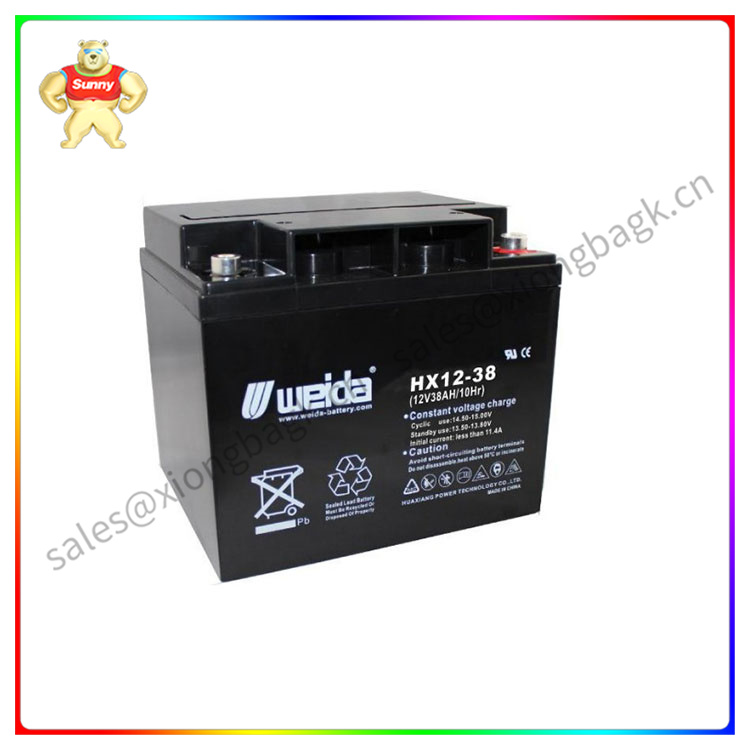If the battery that has been used for more than 5 years is in normal floating charging operation, the battery fever can be clearly felt. This is because the battery is close to the end of life, the positive electrode of the battery will be seriously softened (main failure mode), the active substance falls off, the internal resistance increases, the impurity elements in the plate continue to dissolve, so that the gas extraction rate increases when it is charged, the efficiency deteriorates, and the heat increase. At this time, the actual battery load will find that the battery voltage will drop quickly and the delay time will be seriously shortened, and the typical fault is that the battery pack will be out of power soon after charging.

weida
Some power plant or base station type customers will perform planned battery verification discharge tests (99.99% full capacity test or 50% capacity test) depending on the time of battery pack installation or operation. According to the current YD/T799-2010 lead-acid battery industry standard, the actual charged capacity of the battery pack shall not be less than about 80% of the rated capacity, for some old battery packs with a longer use time or for the mains environment to reach three or more severe power field environment battery packs, after maintenance can not rise significantly, basically can determine the battery failure. This is because any brand of battery as long as it is a lead-acid battery, its use process is the process of gradually reducing the active substances inside the battery, the backup nature of the battery pack capacity decay to about 80% of the battery performance will be significantly reduced, can not meet some industry standards, the battery internal components including positive and negative plates and partitions have basically reached a worsening situation. This attenuation has a tendency to gradually accelerate, and will soon completely lose the ability to charge and discharge.
 中文版
中文版




